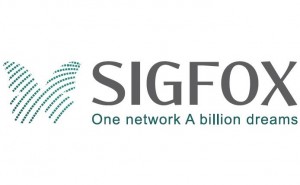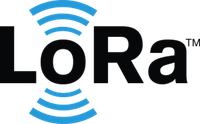 Digi International
Digi International
April 01, 2016
The rise of connected devices has placed an emphasis on low power wireless communication. Like we outlined in our previous post about LTE categories, the need for connecting simple devices like sensors and actuators is rapidly increasing. Youll typically hear these types of technologies referred to as Low-Power Wide-Area Networking or LPWAN.

These technologies are all intended for use to connect low cost, low power, and low bandwidth devices, but there are some subtle differences which we share in this post.
SIGFOX
SIGFOX is suited best for the lowest bandwidth applications with extremely tight energy budgets. Whats unique to SIGFOX is that it is an entirely separate network for IoT devices. Currently the infrastructure is up and running in Western Europe and San Francisco with pilot programs in South America and Asia in progress. Its an open standard operating over the sub-GHz frequency bands (868 MHz in Europe and 900 MHz in USA) and any radio provider can use it.
LoRa Technology
LoRa is a technology developed by the chip manufacturer, Semtech. It offers fairly decent bandwidth compared to other LPWAN tech. Since it requires the use of Semtechs chip, its not considered an open standard. LoRa has received traction in the European markets and there are a number of deployments today.
NB IoT
The requirements of NB IoT have just been finalized as of early 2016. This new narrowband radio technology provides an appropriate LTE category for low-bandwidth IoT devices. It leverages the existing infrastructure of LTE and GSM network providers to facilitate low bandwidth communications for IoT devices.
LTE-M
LTE-M is part of Release 13 of the 3GPP standard, to lower power consumption, reduce device complexity/cost, and provide deeper coverage to reach challenging locations (e.g., deep inside buildings). This standard will improve upon NB IoT in terms of bandwidth. It also boasts the highest security of LPWAN technologies.